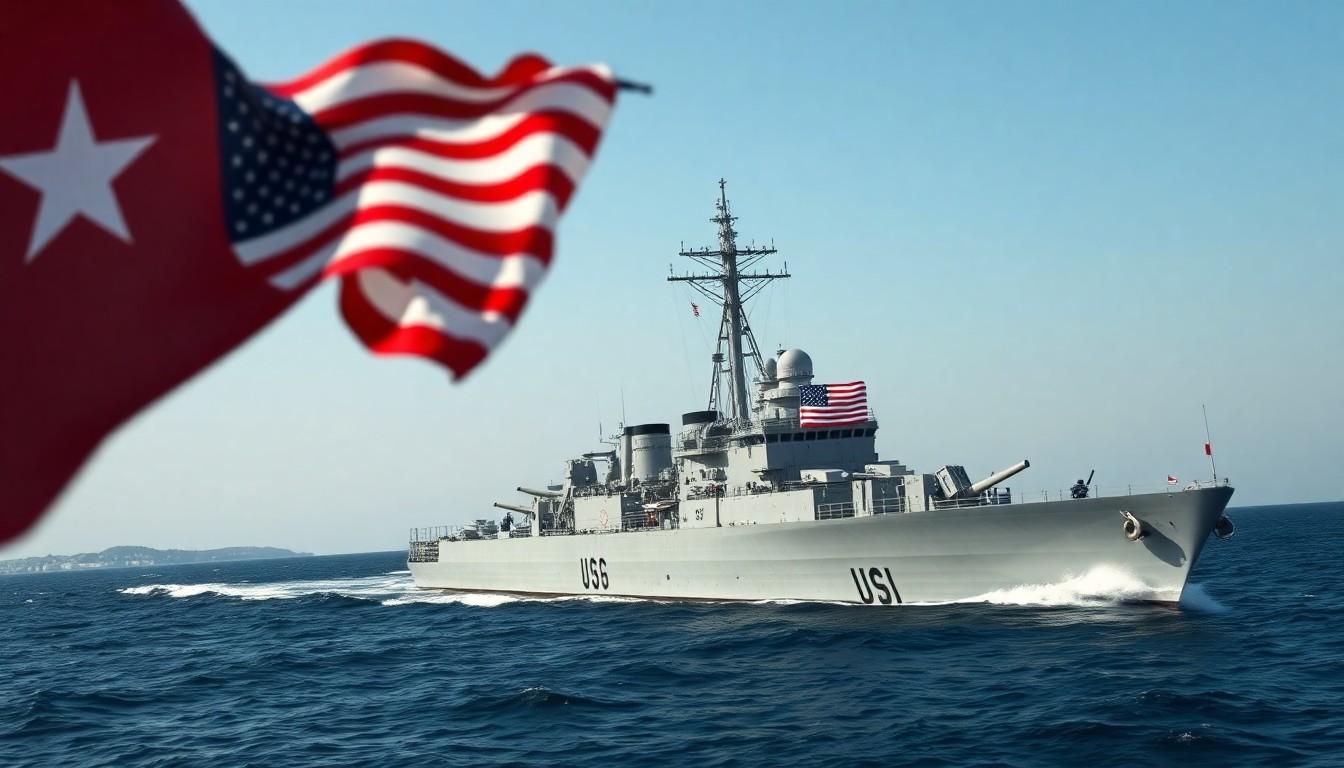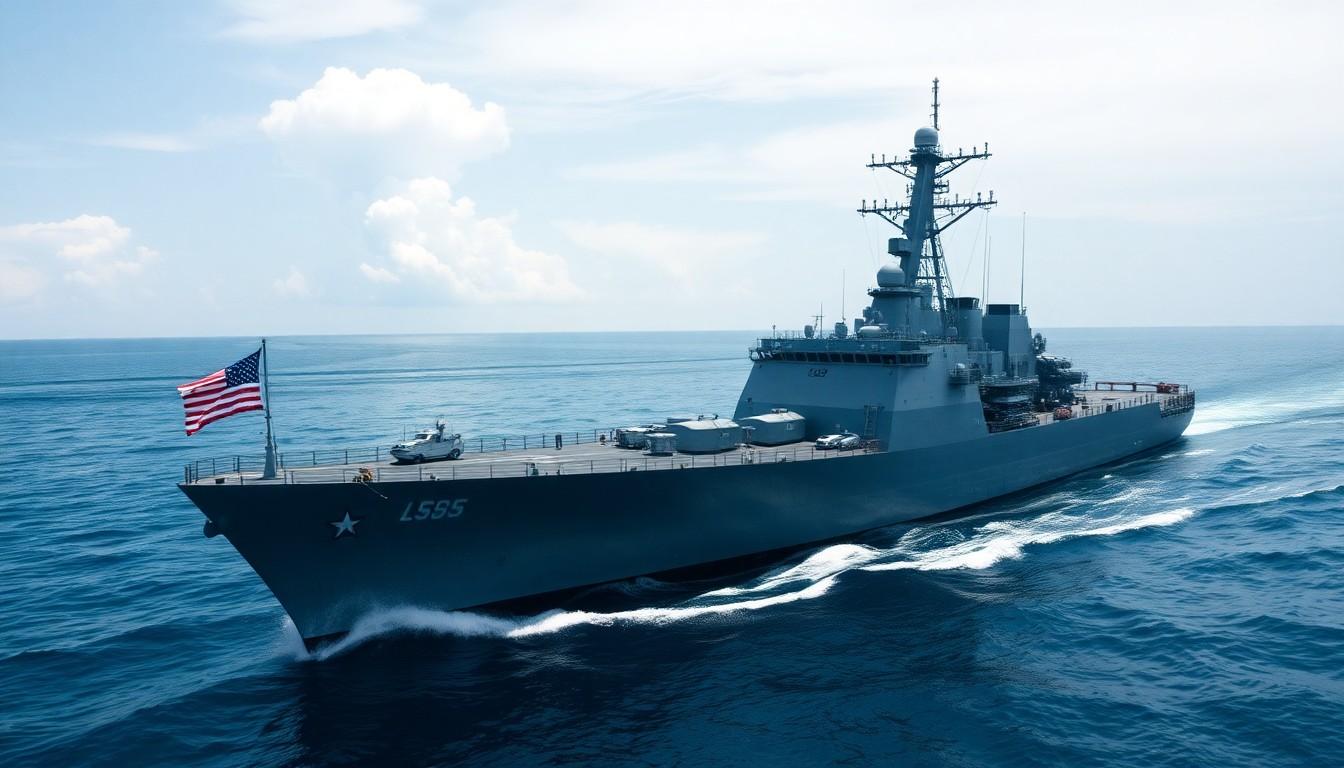The Best Fluffy Pancakes recipe you will fall in love with. Full of tips and tricks to help you make the best pancakes.

Gunboat Diplomacy Definition: Unraveling its Impact on Global Politics and Modern Diplomacy
In a world where negotiations can feel as tense as a rubber band ready to snap, gunboat diplomacy steps in like a well-dressed bouncer at an exclusive club. This intriguing term refers to the use of military power—or the threat of it—to influence the decisions of other nations. It’s not exactly the most subtle approach, but sometimes a little intimidation goes a long way in getting what you want.
Gunboat Diplomacy Definition
Gunboat diplomacy refers to the strategy of leveraging military might or the threat of force to influence other nations’ decisions. This approach emphasizes a direct and assertive stance in international relations.
Historical Context
Gunboat diplomacy gained prominence during the late 19th and early 20th centuries. The United States and European powers frequently employed this strategy to assert dominance over weaker nations. Notable examples include the U.S. interventions in Latin America and the use of naval power in Asia. Britain showcased its naval superiority in the Opium Wars against China, effectively forcing trade agreements. Such instances reveal how military presence shaped diplomatic outcomes, reflecting the era’s imperial ambitions.
Key Characteristics
Key characteristics of gunboat diplomacy include show of force, limited communication, and quick decision-making. Military presence serves as a deterrent against opposition. Diplomatic negotiations often lack nuanced dialogue, favoring direct threats instead. Speed often characterizes actions, enabling states to capitalize on emerging opportunities. Lastly, public displays of military strength are essential, as they signal determination and influence in a given situation. These elements underscore the strategy’s reliance on assertiveness over subtle negotiation tactics.
Examples of Gunboat Diplomacy

Gunboat diplomacy manifests in various historical and modern contexts, showcasing significant military actions influencing diplomatic negotiations.
Notable Historical Instances
The Opium Wars serve as a critical example. Britain utilized naval superiority to force China into trade agreements, highlighting the blatant use of military power. Another instance occurred during the Spanish-American War in 1898; the United States intervened in Cuba, displaying its naval capabilities and leading to territorial expansion. Additionally, the U.S. involvement in the Banana Wars illustrated how military action secured American interests in Central America, often disregarding the sovereignty of smaller nations. These events demonstrate how military presence directly shaped international relations.
Modern Interpretations
Gunboat diplomacy continues to evolve. The U.S. presence in the South China Sea exemplifies this strategy, as military exercises aim to deter Chinese territorial claims. Similarly, the situation in North Korea underscores the approach; military shows of force aim to influence Kim Jong-un’s actions regarding nuclear arsenals. Furthermore, Russia’s actions in Ukraine reflect a modern variant, where military threats aim to sway regional dynamics. These examples reveal that while the tactics may change, the fundamental principle of using military might to influence diplomacy remains intact.
Impact of Gunboat Diplomacy
Gunboat diplomacy significantly affects international relations, shaping political and economic landscapes. This strategy often leads to power imbalances, compelling nations to navigate complex dynamics.
Political Consequences
Political ramifications frequently arise from gunboat diplomacy, influencing the sovereignty of targeted nations. It undermines diplomatic negotiations, leading to reliance on military might over dialogue. Nations facing threats may either capitulate or adopt hostile stances, escalating tensions. Affected governments might experience domestic unrest as citizens react to perceived humiliation or loss of autonomy. The use of military force in negotiations can also alter alliances, as countries reassess their foreign relationships and strategies to counterbalance aggressive actions.
Economic Implications
Economic impacts of gunboat diplomacy manifest through trade relations and investment climates. Countries under threat often face economic sanctions or diminished foreign investment, curtailing growth opportunities. For instance, coercive tactics may lead to unfavorable trade agreements favoring aggressor nations. Additionally, the fear of instability can deter investors, adversely impacting local economies. Nations subjected to gunboat diplomacy can experience long-term economic challenges, complicating efforts to rebuild legitimacy and foster reliable trade partnerships.
Criticism and Controversy
Critics argue that gunboat diplomacy often prioritizes military solutions over diplomatic dialogue. Many contend that this strategy can escalate tensions rather than resolve conflicts, leading to protracted disputes. International relations scholars frequently highlight the potential for unintended consequences such as increased animosity between nations.
Humanitarian perspectives raise concerns about the ethical implications of using military force to achieve political goals. Proponents of non-violent approaches suggest that alternative methods, like negotiations and economic incentives, provide more sustainable outcomes. Historical instances reveal how gunboat diplomacy can backfire, fostering resentment and resistance among targeted nations.
Furthermore, the reliance on threats of military action often undermines long-term diplomatic relationships. Nations subjected to this strategy might develop defensive postures, fostering arms races and diminishing trust between countries. Critics emphasize that the focus on power projection overshadows the importance of mutual respect and understanding in diplomacy.
In modern contexts, global opinion often views gunboat diplomacy as outdated or aggressive. Digital communication and increased interconnectedness among nations motivate a shift toward diplomacy that favors dialogue over military displays. Public sentiment in many countries increasingly favors cooperative strategies to address international challenges, emphasizing the need for diplomacy based on mutual interests rather than fear.
Debate continues over whether gunboat diplomacy achieves its intended goals without causing collateral damage in international relations. Critics maintain that lower tensions yield better results, advocating for approaches that promote stability through communication rather than coercion.
Gunboat diplomacy remains a significant aspect of international relations with lasting implications. While it may achieve short-term objectives through displays of military power, the long-term consequences often lead to strained relationships and increased tensions. Nations must weigh the benefits of immediate influence against the potential for future conflict and instability. As global dynamics shift towards more cooperative strategies, the reliance on forceful tactics may become less effective. Understanding the complexities of gunboat diplomacy is essential for navigating today’s geopolitical landscape and fostering more sustainable diplomatic solutions.
